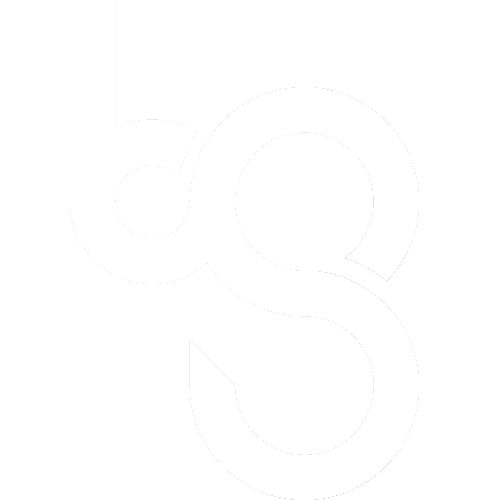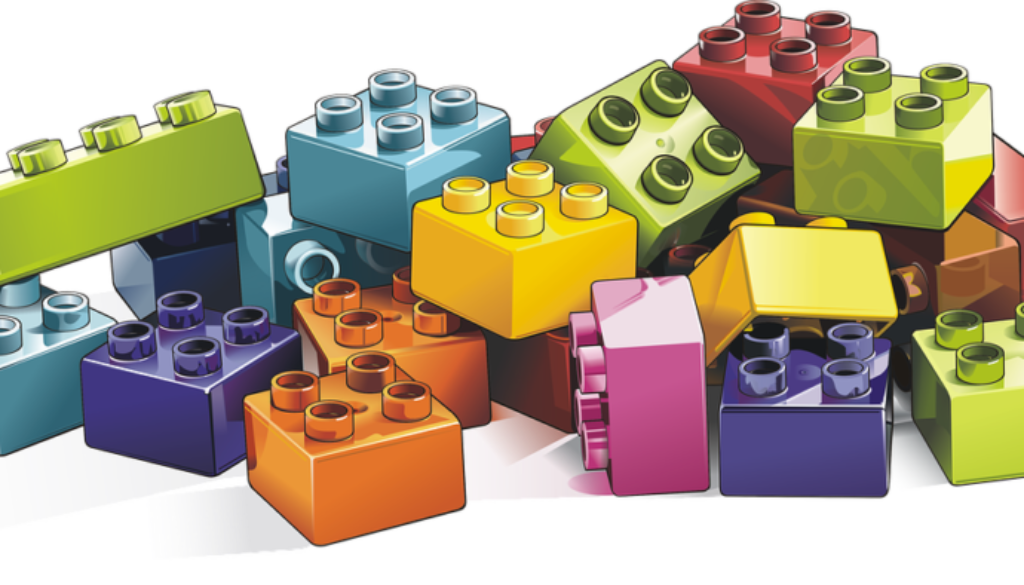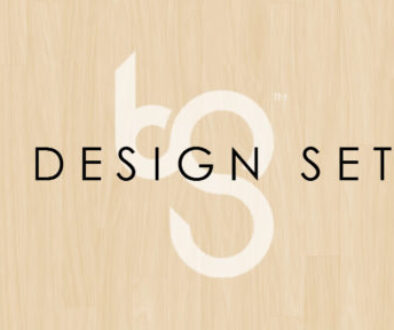Visual Design Elements
[googlepdf url=”https://boutrossingh.com/wp-content/uploads/2018/05/Visual-Design-Elements-www.boutrossingh.com_.pdf” width=”960″ height=”450″]
Hi there…
In this blog post I will be talking about
Visual Design Elements.
Visual Design Elements are most fundamental elements that comes first in Visual Design.
Great designers often disregard Principles of Design. But untill and unless you know what you are doing you should probably stick to the basics.
There are 6 basic Visual Design Elements:
- Line
- Colour
- Shape
- Texture
- Space
- Form
I will be throwing some light on what these are. I will not be going in details rather this will give you an idea to start to.
Line
Line is the most fundamental element of design.
Simply put Line is the element created by moving a point.
Any two points which are connected forms a line.
It helps in dividing space, drawing attention.
Line can be Horizontal, Vertical or a curve.
It can be continuous or broken.
It can be of any width.
Colour
The light which is reflected off an object is colour.
Colour helps to create a mood which helps to convey a certain meaning.
Colour helps us to create visual impacts on users.
Colour helps in establishing context with the environment.
Shape
Shape is a close area defined by boundaries.
It can be geometric such as circles, squares, triangles or organic such as free formed shapes.
All objects are composed of shapes and ultimately all things you see are shapes.
Various elements in your design creates shapes and various shapes interact with each other to form a direction.
Texture
Texture is surface quality of a shape.
It can be rough, smooth or glossy.
Textures are used to attract or repel the interest of the element.
Texture can make three dimensional appearance on a two dimensional surface.
Space
Space is the area designated on which design will take place.
Space is distance or area around, above, below, within the elements.
Space can be positive or negative.
Form
Form is a three dimensional object.
It has height, width and length.
Form can also be defined by light and darkness as shadow on surfaces.
Form can be geometric (man-made) or natural (organic form).
Form can be created by combining two or more shapes.
Hope you like this short blog post. 🙂



